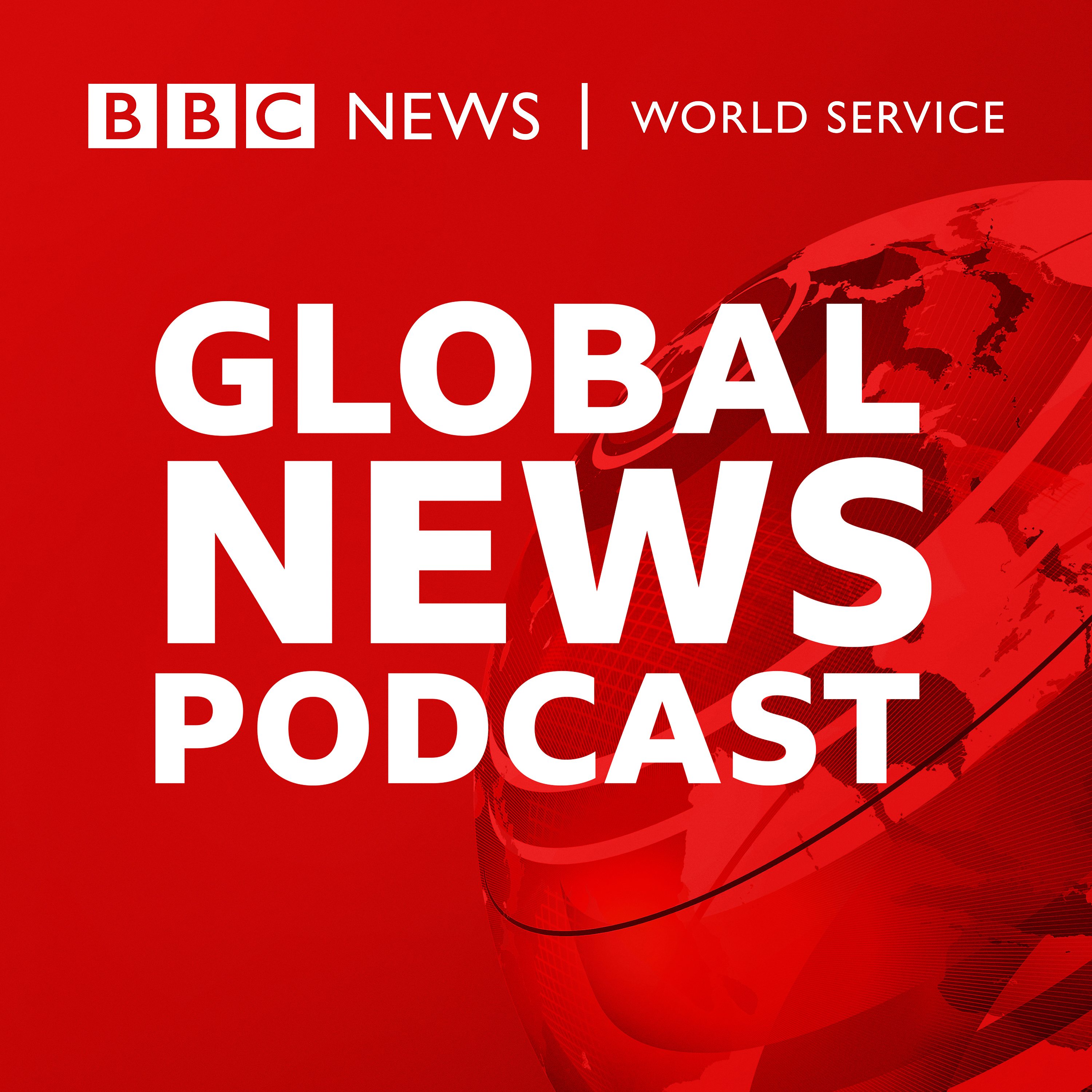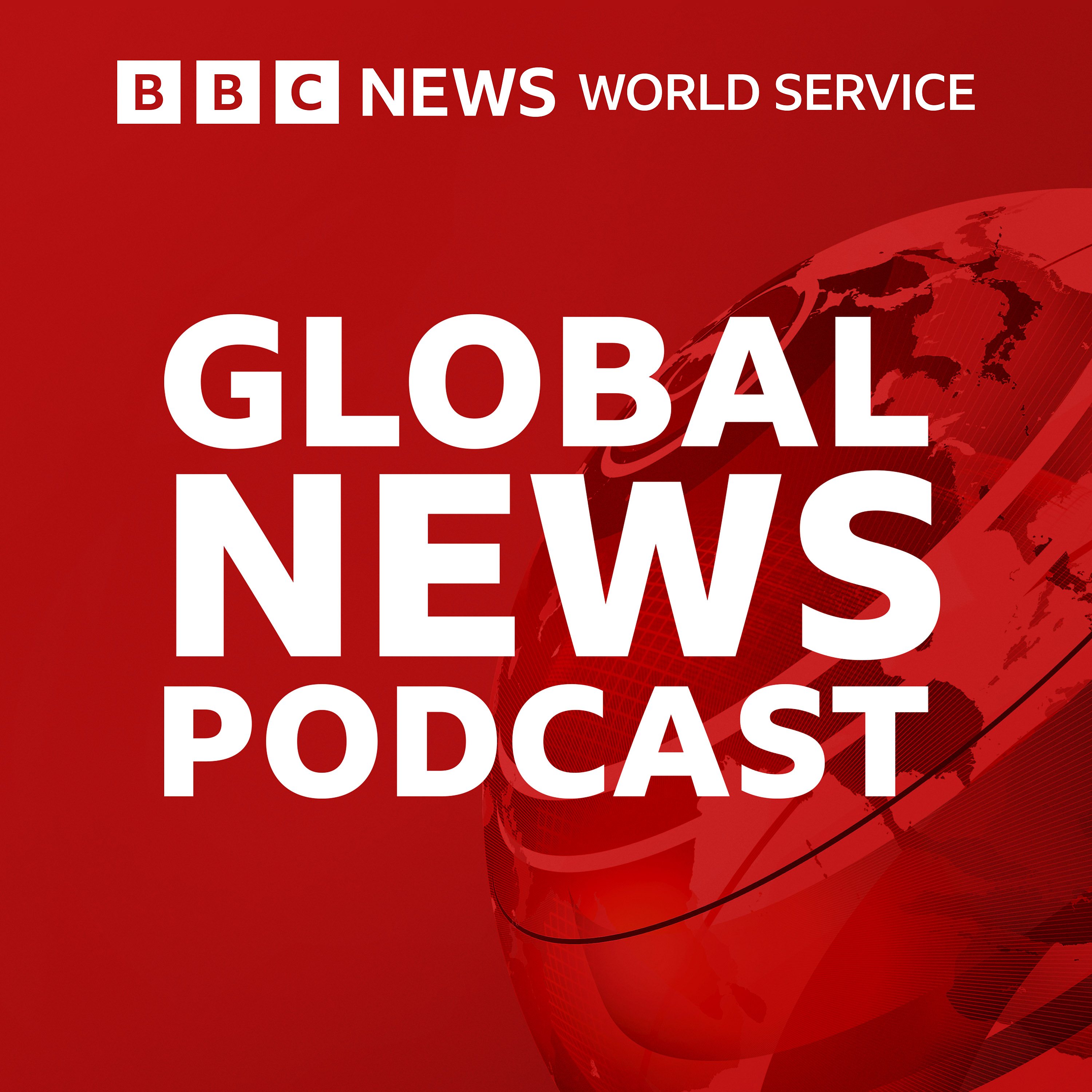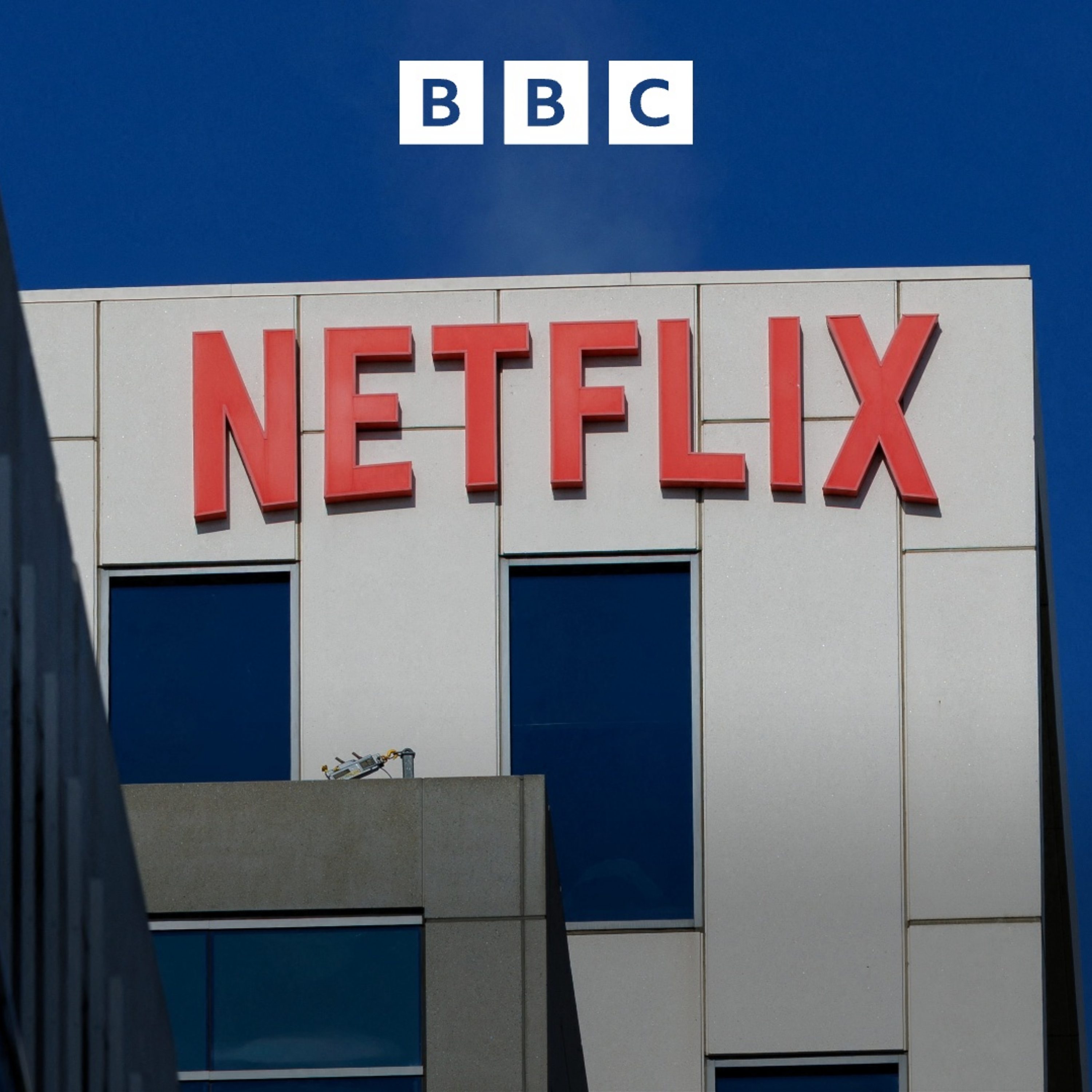US Treasury secretary criticises the IMF and World Bank
The US Treasury secretary says the IMF and World Bank have deviated from their purpose. Also: The US issues Ukraine with an ultimatum, and proof that a Roman gladiator in Britain was bitten by a lion.
Press play and read along
Transcript
Transcript is processing—check back soon.
Global News Podcast — US Treasury secretary criticises the IMF and World Bank



